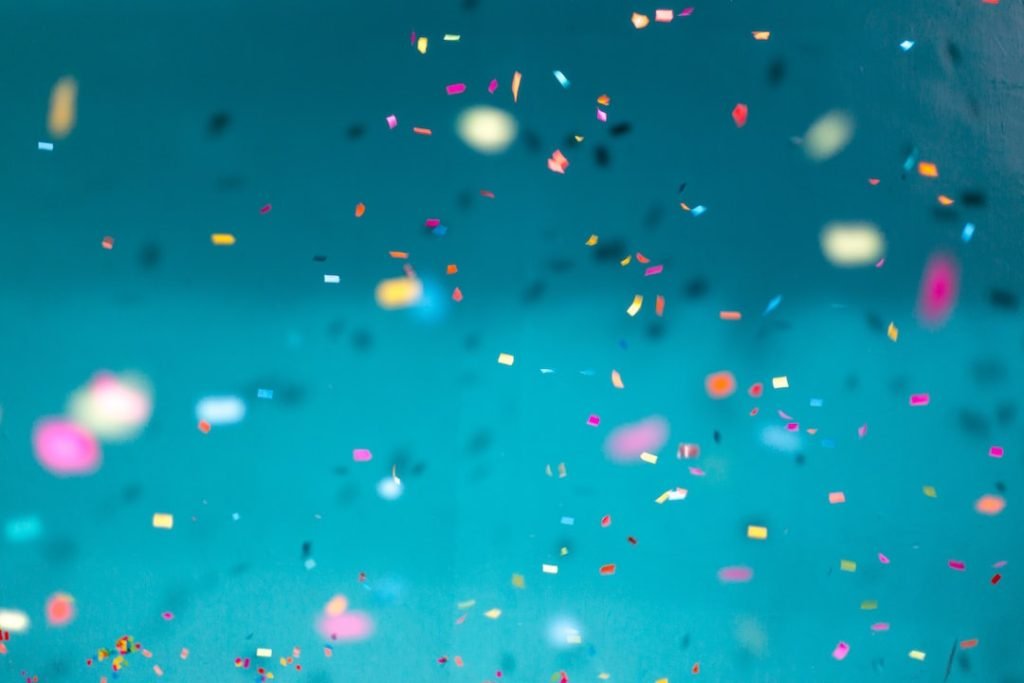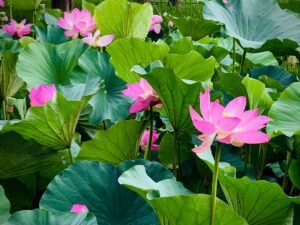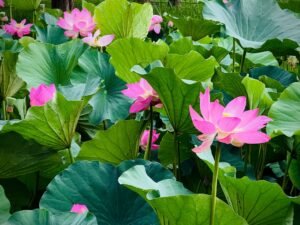

The Colors of the Chinese Language: Chinese Idioms that Paint Pictures with Words
Chinese idioms, also known as chengyu, are a unique aspect of the Chinese language and culture. These idioms are short phrases or expressions that have a figurative meaning, often derived from historical events, folklore, or ancient texts. They play a significant role in the Chinese language and are used in everyday conversations, literature, and even in formal speeches.
The importance of idioms in Chinese language and culture cannot be overstated. They not only add depth and richness to the language but also serve as a way to convey complex ideas and emotions in a concise manner. Chinese idioms are deeply rooted in the country’s history, traditions, and values, making them an integral part of the cultural identity.
Colors hold great significance in Chinese culture and are often used symbolically in idioms. Each color represents different meanings and emotions, adding another layer of depth to the idiomatic expressions. Understanding the significance of colors in Chinese idioms is essential for fully grasping their intended meaning and cultural context.
Table of Contents
ToggleThe Role of Colors in Chinese Idioms
Colors have always played a significant role in Chinese culture, symbolizing various emotions, virtues, and concepts. In Chinese idioms, colors are used metaphorically to convey specific meanings and evoke certain emotions. By incorporating colors into idiomatic expressions, the language becomes more vivid and expressive.
Red is considered the luckiest color in Chinese culture and is associated with celebration, happiness, and good fortune. It is often used to represent joyous occasions such as weddings and festivals. White symbolizes purity, honesty, and innocence. It is commonly associated with mourning and funerals but can also represent righteousness and virtue.
Black is seen as a color of evil and misfortune in Chinese culture. It is often used to describe negative emotions or situations. Yellow is associated with royalty, prosperity, and power. It was historically reserved for the emperor and is still considered a symbol of wealth and status. Green represents growth, health, and vitality. It is often used to describe nature and the environment.
Blue symbolizes tranquility, wisdom, and intelligence. It is often used to describe calmness and serenity. Purple is associated with elegance, nobility, and luxury. It is often used to describe high-ranking officials or people of high social status.
Red: The Color of Luck and Celebration in Chinese Idioms
In Chinese culture, the color red holds great significance. It is believed to bring good luck, happiness, and prosperity. Red is often used in celebrations such as weddings, New Year’s festivities, and other joyous occasions. It is also commonly seen during the Lunar New Year as it is believed to ward off evil spirits and bring good fortune for the coming year.
There are several Chinese idioms that use the color red to convey positive meanings. One example is “红红火火” (hóng hóng huǒ huǒ), which translates to “red and fiery.” This idiom is used to describe a thriving and prosperous situation or business. Another example is “红颜薄命” (hóng yán báo mìng), which translates to “beautiful face but short life.” This idiom is used to describe someone who has a short and tragic life despite their beauty.
The color red in these idioms represents luck, celebration, and vitality. It adds depth and vividness to the expressions, making them more impactful and memorable.
White: The Color of Purity and Honesty in Chinese Idioms
In Chinese culture, white is associated with purity, honesty, and innocence. It is often used in traditional ceremonies such as weddings and funerals. White is also seen as a symbol of righteousness and virtue.
There are several Chinese idioms that use the color white to convey these meanings. One example is “白手起家” (bái shǒu qǐ jiā), which translates to “start from scratch with bare hands.” This idiom is used to describe someone who has achieved success through their own hard work and determination. Another example is “白头偕老” (bái tóu xié lǎo), which translates to “grow old together with white hair.” This idiom is used to describe a long and happy marriage.
The color white in these idioms represents purity, honesty, and virtue. It adds depth and symbolism to the expressions, making them more meaningful and impactful.
Black: The Color of Evil and Misfortune in Chinese Idioms
In Chinese culture, black is often associated with evil, darkness, and misfortune. It is believed to be a color that brings bad luck and is often used to describe negative emotions or situations.
There are several Chinese idioms that use the color black to convey these meanings. One example is “黑白分明” (hēi bái fēn míng), which translates to “clear distinction between black and white.” This idiom is used to describe a situation where right and wrong are clearly defined. Another example is “黑心肠” (hēi xīn cháng), which translates to “black-hearted.” This idiom is used to describe someone who is malicious or unscrupulous.
The color black in these idioms represents evil, darkness, and misfortune. It adds depth and intensity to the expressions, making them more impactful and memorable.
Yellow: The Color of Royalty and Prosperity in Chinese Idioms

In Chinese culture, yellow has always been associated with royalty, prosperity, and power. It was historically reserved for the emperor and is still considered a symbol of wealth and status.
There are several Chinese idioms that use the color yellow to convey these meanings. One example is “黄金时代” (huáng jīn shí dài), which translates to “golden age.” This idiom is used to describe a period of great prosperity and success. Another example is “黄袍加身” (huáng páo jiā shēn), which translates to “wearing a yellow robe.” This idiom is used to describe someone who has achieved a high position or attained great success.
The color yellow in these idioms represents royalty, prosperity, and power. It adds depth and symbolism to the expressions, making them more impactful and memorable.
Green: The Color of Growth and Health in Chinese Idioms
In Chinese culture, green is associated with growth, health, and vitality. It is often used to describe nature, the environment, and the cycle of life.
There are several Chinese idioms that use the color green to convey these meanings. One example is “青出于蓝” (qīng chū yú lán), which translates to “green comes from blue.” This idiom is used to describe someone who surpasses their teacher or mentor. Another example is “青春年少” (qīng chūn nián shào), which translates to “youthful and young.” This idiom is used to describe someone who is in their prime and full of energy.
The color green in these idioms represents growth, health, and vitality. It adds depth and vibrancy to the expressions, making them more impactful and memorable.
Blue: The Color of Tranquility and Wisdom in Chinese Idioms
In Chinese culture, blue symbolizes tranquility, wisdom, and intelligence. It is often used to describe calmness and serenity.
There are several Chinese idioms that use the color blue to convey these meanings. One example is “蓝天白云” (lán tiān bái yún), which translates to “blue sky and white clouds.” This idiom is used to describe a peaceful and serene environment. Another example is “蓝图白纸” (lán tú bái zhǐ), which translates to “blueprint on white paper.” This idiom is used to describe a plan or strategy that is well thought out and carefully designed.
The color blue in these idioms represents tranquility, wisdom, and intelligence. It adds depth and serenity to the expressions, making them more impactful and memorable.
Purple: The Color of Elegance and Nobility in Chinese Idioms
In Chinese culture, purple is associated with elegance, nobility, and luxury. It is often used to describe high-ranking officials or people of high social status.
There are several Chinese idioms that use the color purple to convey these meanings. One example is “紫气东来” (zǐ qì dōng lái), which translates to “purple air comes from the east.” This idiom is used to describe a person who is highly respected and influential. Another example is “紫禁城” (zǐ jìn chéng), which translates to “Forbidden City.” This idiom is used to describe a place of great power and authority.
The color purple in these idioms represents elegance, nobility, and luxury. It adds depth and grandeur to the expressions, making them more impactful and memorable.
The Art of Using Colors in Chinese Idioms for Effective Communication
Chinese idioms are not only a linguistic tool but also a cultural treasure. They provide a glimpse into the rich history, traditions, and values of the Chinese people. The use of colors in these idioms adds another layer of depth and symbolism, making them more vivid and expressive.
Understanding the significance of colors in Chinese idioms is essential for effective communication. It allows us to fully grasp the intended meaning and cultural context of these expressions. By incorporating colors into our language, we can add depth and richness to our conversations, making them more impactful and memorable.
In conclusion, Chinese idioms are a unique aspect of the Chinese language and culture. They play a significant role in conveying complex ideas and emotions in a concise manner. The use of colors in these idioms adds depth and symbolism, making them more vivid and expressive. By understanding the significance of colors in Chinese idioms, we can enhance our communication skills and gain a deeper appreciation for the cultural heritage of the Chinese people.
If you want to learn Chinese, you can register for classes here. We look forward to hearing from you and helping you become fluent in Chinese!
If you want to learn Norwegian, you can register for classes here. We look forward to hearing from you and helping you become fluent in Norwegian.





